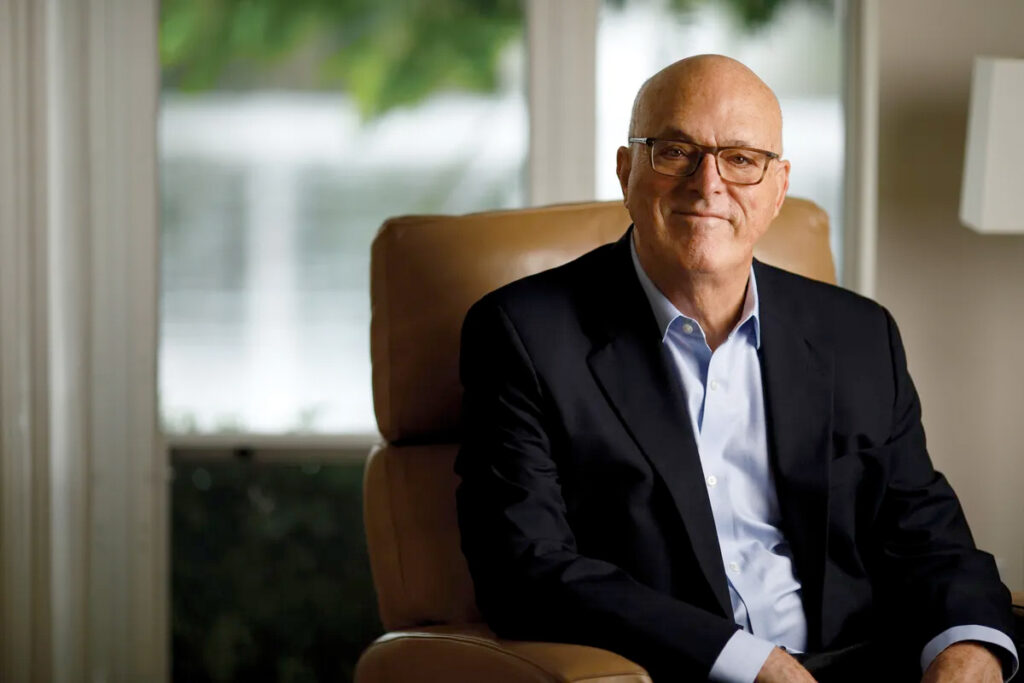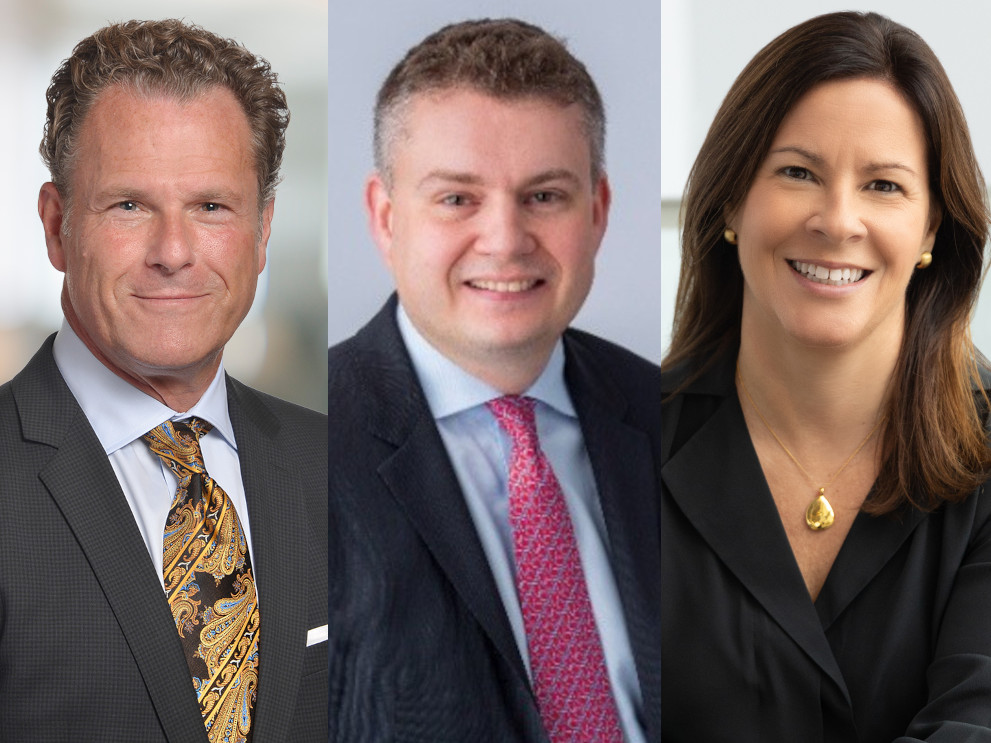Alternative investments have traditionally been the domain of institutional and ultra-high-net-worth investors who have vast sums to lock away for a decade or more. Smaller players were shut out of these private-market vehicles, with less capital and patience to get in and stay invested in them.
That has all changed with the development of alternative funds that allow for much lower buy-ins and shorter time horizons, a category known as liquid, semi-liquid, evergreen or perpetual alts. This democratization of private-market exposures has Canadian firms creating new products, lowering minimum investment thresholds and developing fintech and other platforms to connect smaller investors to the alternatives space.
Happening at a time when institutional capital in alts is declining and retail investors are hungering for greater certainty and diversification, the trend presents advantages for even the super-wealthy, enhancing the availability and transparency of these holdings.
Greg Nott, senior vice-president and chief investment officer at Northwood Family Office in Toronto, says private-market firms are finding the fundraising environment challenging among large institutional clients such as pension plans and non-profit endowments and foundations.
“They’re looking to find opportunities in areas where they haven’t traditionally been able to, like the broader wealth channel,” he says.
Northwood does comprehensive wealth planning for some 100-plus ultra-high-net-worth clients, Nott says, who do tend to have access to traditional “closed end” fund structures that private market managers offer. “But these do have high minimums, and it’s challenging sometimes to get broad diversification,” he explains, which makes the expansion of alt offerings helpful.
This takes a truckload of work to understand, this alternative world. And clients have also become smarter.
Craig Machel, Richardson Wealth
The broader opportunity set of private markets is one aspect of their appeal, as “there’s a lot more private companies that can be invested in than there are public companies,” he says, adding that Northwood’s clientele typically has 20- to 30-per-cent exposure to private markets.
Traditional alts have almost no liquidity, he notes, so funds are tied up for 10-plus years. Minimum thresholds are northward of $1 million, “and you don’t necessarily know what the underlying investments are going to be.” The investor makes a subscription, and investments are made when the fund closes. “It’s more of a blind pool.”
With such structures, it can take two to five years for a manager to call all of the committed capital during the investment period, after which the invested companies may be held for another five-plus years before being exited, Nott says.
With an evergreen alt, the money often is fully invested on day one, “so you’re earning return on more of your capital quicker.” There’s no set fundraising period or target, with the manager continuing to make investments, and there’s not the same time pressure to exit a position, he explains. “The structure and the investor experience can be actually quite different relative to a closed-end fund.”
Those buying into an evergreen alt can typically see what’s in there, much like a regular public equity mutual fund, Nott says. However, a manager needs to have a “liquidity sleeve,” which may dilute the return potential. Nott also points out that not all private-market firms have experience running evergreen structures, which can present complexities from an operational standpoint.
Several Canadian alternative asset managers are developing retail products that mirror their institutional strategies.
We are certainly embracing it. This is positive for investors as a whole.
Dennis Bobyk, Sagard Wealth
Sagard, for example, which has a history of experience in alternative investment products for institutional and ultra-high-net-worth clients, is restructuring and repackaging those solutions in vehicles accessible to “more retail-type clientele,” says Dennis Bobyk, senior director of investments for Sagard Wealth in Montreal.
“The industry is realizing there’s an enormous amount of capital held in the hands of individual investors who may not be comfortable taking on the illiquidity typically associated with alternative investments,” he says. “There’s a growing appetite for alternative investments—people hear about them and they want to be able to invest in them.”
Sagard has two such solutions, one targeting private credit investments and the other targeting private equity investments, Bobyk says. Other managers might offer real estate, infrastructure projects and other long-term assets, with minimum thresholds that can be in the low thousands of dollars.
The sky-high minimums and cumbersome structures of illiquid alts have made them “virtually inaccessible for anybody who is not a pension fund or an institutional investor,” he notes. “Most of these funds do not even want to deal with individual investors, despite the fact that they may be extremely wealthy.”
What do advisors of such clients think of the trend to liquid alts?
“We are certainly embracing it. This is positive for investors as a whole,” Bobyk says. “The inclusion of alternative investments in an otherwise traditional portfolio can significantly improve long-term investment outcomes.”
He says making alts more available with shorter time commitments is “a much easier pill to swallow, whether you’re ultra-high-net-worth or you’re saving for retirement.”
At the same time, “you are paying for liquidity” through lower payouts, he points out. “Some people are more than happy to take the slightly lower return for the benefit of having access to their funds a lot sooner.”
The issue of whether everyone piling into alts might cheapen or diminish their rarefied status “is a consideration, and I think the jury’s still out, because this is new,” Bobyk says, noting that liquid alts represent a fraction of the asset class.
The nascent nature of evergreen alts makes it important to conduct due diligence and seek sound advice, “to avoid things that may be burdened with fees, as an example, or have incentive structures in place that might ultimately compromise the investment outcome,” he cautions. “Regulation may not necessarily have caught up to the evolution of some of these products.”
In the broader wealth channel, advisors are expanding the exposure of clients to alternative investments through these vehicles, says Craig Machel, a senior portfolio manager and senior investment advisor at Richardson Wealth, an independent brokerage firm in Toronto.
Young investors, such as the children of the firm’s wealthy clients, are increasingly interested in alts, Machel says.
“It’s about, ‘How do I get private equity? How do I get private real estate? How do I get tax efficient credit funds, or whatever else?’” Such investors may put together their own exchange-traded funds that track indexes, which are “cheap and easy and liquid,” and invest in evergreen alts through his firm, he notes. Combined, this brings more rounded pension-style portfolios.
He notes that the Canada Pension Plan was an early adopter of alternatives, and today it holds more than half of its assets in non-traditional investments.
“Private-client investors have different objectives and time horizons compared with institutional funds. However, this group, too, has benefited from an increased selection of investments offering more effective diversity in assets,” Machel says
“Advisors have become smarter and more engaged” given the interest in evergreen alts, he adds. “This takes a truckload of work to understand, this alternative world. And clients have also become smarter and are asking questions like, ‘How can I get defence and proper diversity beyond the 60/40 traditional portfolio?’”
The trend toward liquid alts will continue, “and the more esoteric alternative stuff can maybe come to mass-affluent investors,” Machel comments. “It’s not a fad, this is here to stay. I think most investors put a greater weight on their ability to protect capital than their ability to hit the massive highs.”
An important issue for investors to consider is what they want from non-traditional assets, Machel adds. “You have stocks and you have bonds and cash, and then everything else is an alternative. You need good advice in terms of how to build out a properly diversified portfolio, and inserting particular alternatives that are suitable.”
Bobyk says the liquid alts field “is only going to grow bigger, because there is going to be a greater appetite for this. “Hopefully, eventually there’s also going to be more regulation to put some framework around it.”
Mary Gooderham is a writer, editor and communication advisor based in Ottawa. She leads Cohen Gooderham Communications and has worked as a journalist for more than 40 years at The Globe and Mail, as a recording officer at the International Monetary Fund and as a custom content creator for online and print media. She’s been a contributing writer at Canadian Family Offices for four years, focusing on investment strategy, trusts, philanthropy, women in finance and estate planning.
The Canadian Family Offices newsletter comes out on Sundays and Wednesdays. If you are interested in stories about Canadian enterprising families, family offices and the professionals who work with them, but like your content aggregated, you can sign up for our free newsletter here.
Please visit here to see information about our standards of journalistic excellence.




